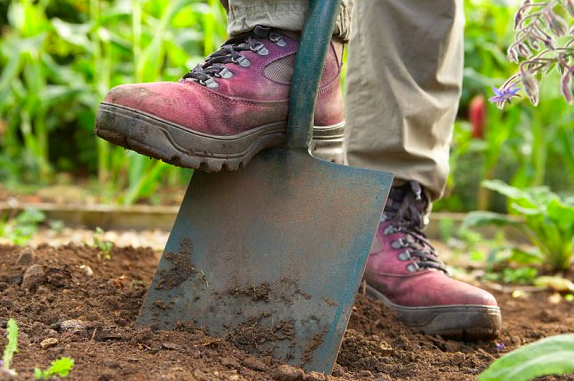
Let’s be honest — maintaining a garden can be hard work! You spend hours planting, watering, pruning, and weeding, often in a game of never ending trial and error. You have to time your planting in accordance with the changing seasons, and adapt what you plant to the conditions of your backyard soil.
If all goes according to plan, flowers begin to bloom, fruits begin to grow, and you end up with a colorful and productive garden. But you weren’t the only one hard at work. Your elusive coworker?
Native pollinators.

Bees, birds, bats, butterflies, flies, moths, beetles, and wasps all assist in plant reproduction by helping to move pollen within or between flowers (pollination). These pollinators play a crucial role in the health and biodiversity of natural ecosystems, as over 80% of flowering plants require pollination services. Humans also benefit hugely from pollination services, the most notable being food security. Over 1200 types of crops require the help of pollinators, and in California alone, pollinator-dependent crops are worth $11.7 billion.
Unfortunately, pollinator populations are declining, threatened by habitat loss, disease, and excessive pesticide use. But the good news is that you can help! By making the following small and purposeful changes, your garden can provide essential habitat to native pollinators.
- Plant a wide variety of plants and crops
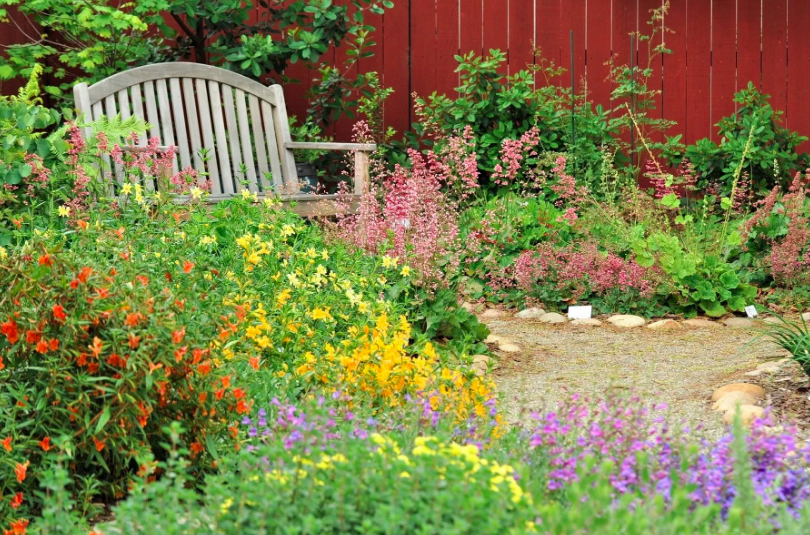
Making sure your garden includes a wide variety of plants and crops is crucial for attracting a diverse range of pollinators. Plants of different heights and flowers of different color and season of bloom will provide pollen and nectar for many pollinators throughout the year.
Native plants do a great job of attracting native pollinators and are often better suited to grow in your backyard with less maintenance. Look to plant native flowers and edibles first, and then supplement your garden with a few non-native plants that are specifically well suited for pollinators. Old fashioned zinnias, single sunflowers, mint, chives, garlic, oregano, parsley, and lavender are all great options. It also may be beneficial to include larval host plants such as milkweed in your garden to support beetles, moths, and butterflies. For a more comprehensive list of California pollinator plants, their flower colors, and the pollinators they attract, follow this link, and scroll to page 16.
- Plant in groups
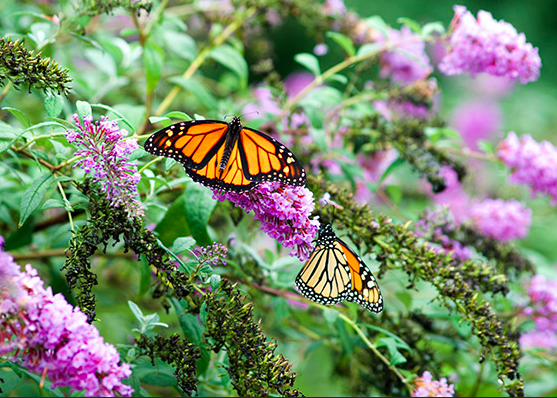
When planning your garden landscape, you want to make sure that pollinators can easily see and smell the flowers you’ve planted. Planting multiple of the same plant in one area makes it easier for pollinators to detect that food source, and will also increase the number of pollinators able to feed off that food source. As an added bonus, planting in groups has a much greater visual impact on your garden.
- Provide a reliable source of water

Both natural and human made water sources provide pollinators with bathing and drinking opportunities. If there are no streams or ponds nearby, consider adding a birdbath or puddling area for butterflies in your garden. Make sure that the sides of your water source are sloped, so that insects and bees can approach the water without falling in and drowning. Another great tip is to add half submerged stones to your water source for pollinators to perch on. If possible, scatter water sources throughout the landscape and vary their size and depth. Remember to change out water every 2-4 days, especially during summertime, as warm sitting water can become a hotspot for unwanted insects like mosquitoes.
- Eliminate or limit chemical use
Harsh chemicals found in pesticide products are highly toxic for pollinator species, and have contributed to the rapid decline in pollinator population. Ideally, it is best to completely eliminate the use of harsh chemicals in your garden. There are plenty of natural ways that you can combat pests and weeds, including: choosing native plants that are well adapted to local climates, selecting plants (like these) that have insect repellent properties, using mulch to control weeds (especially if growing fruits and vegetables), and rotating the edible crops you plant every season to reduce the incidence of soil disease organisms.
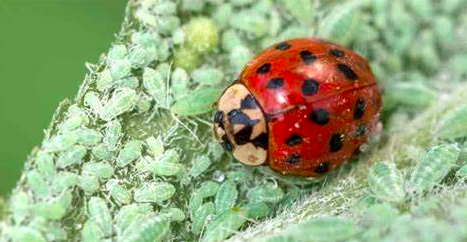
Introducing additional beneficial insects such as ladybugs, ground beetles, praying mantises, and flower flies is another great method of pest control. When trying to attract pollinators, having a diverse range of flowers, herbs, and crops is crucial in attracting beneficial insects. To learn about which plants attract which insects, follow this link.
If you chose to use pesticides, spray when bees aren’t active (just after dawn) and opt for an all natural organic formula. Click here for ten organic pesticides that you can make at home.
- Leave a little bit of mess
Having a perfectly manicured garden, while aesthetically pleasing, may not be the most beneficial for attracting pollinators. Pollinators actually like a bit of debris, bare space, and weeds. Try to keep a few areas of your garden bare for ground nesting bees, leave some scattered debris for insects seeking shelter, and resist the urge to pull weeds (like dandelions) that provide an important source of early season pollen.
Ideally, the “messier” parts of your garden would be on the outskirts. The goal is to have a space for insects and pollinators to have ample opportunity to nest and find shelter while keeping the flowering and edible portions of your garden removed from potentially harmful insects.
For more in depth information about how to best support your locator pollinator populations, go to the Pollinator Partnership website and enter your zip code to receive area-specific recommendations.
Written by Alexandra Grant-Hudd, Grant Writing and Development Intern
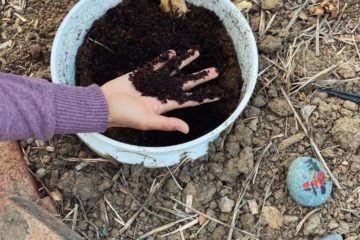
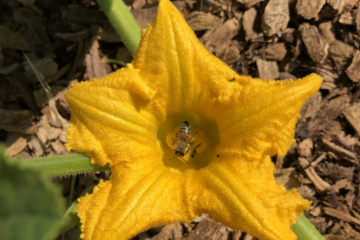
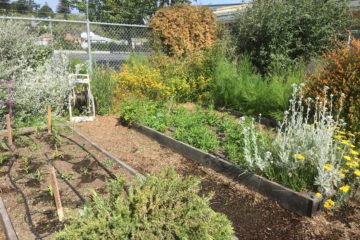
0 Comments